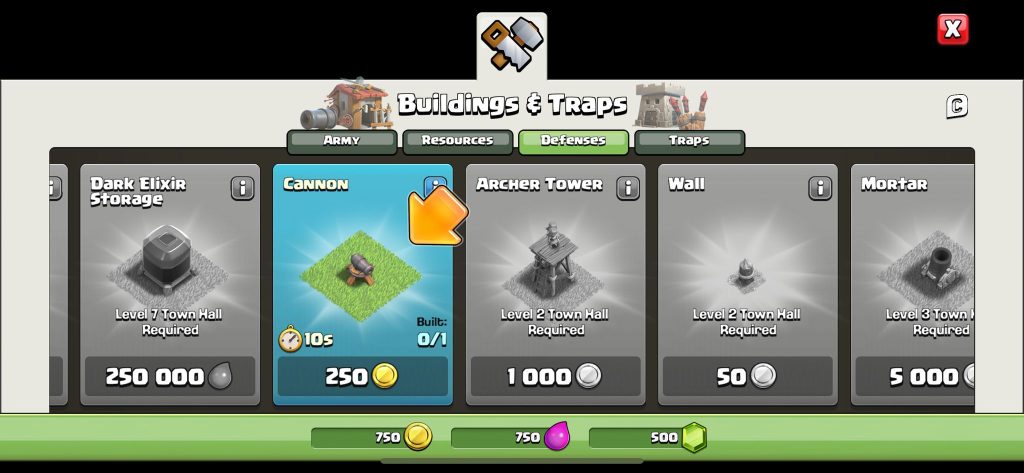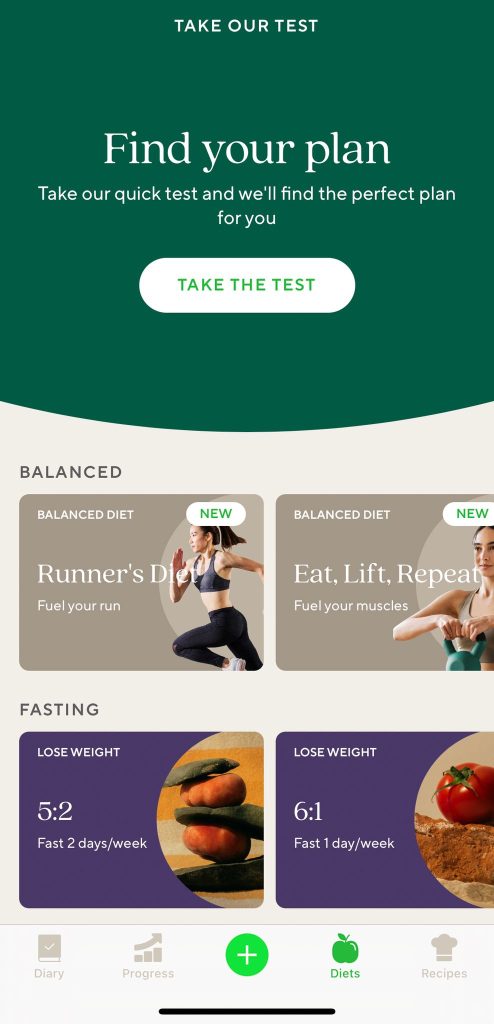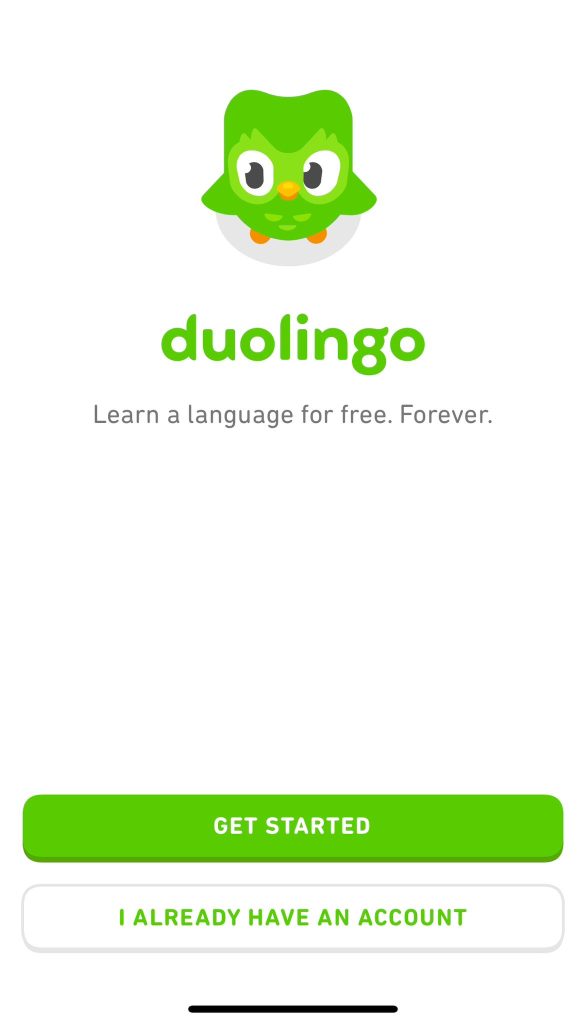How to Create the Ultimate App Onboarding Experience

A well-designed onboarding process is essential for creating a positive user experience, increasing engagement, and maximizing the overall success of a new app.
In the upcoming article, we will discuss the significance of monitoring and tailoring the onboarding process. We will explore the reasons behind tracking and testing the onboarding experience, as well as ways to customize it according to user-specific information, campaign details, and other relevant data sources.
- By making the onboarding more pertinent to each individual, you’ll be able to highlight the advantages it offers to users.
The Importance of the Onboarding Experience

A well-designed onboarding experience plays a crucial role in the success of a new app owing to several reasons:
1. First impressions matter
The user’s initial interaction with an app sets the tone for their entire experience. A seamless and engaging onboarding process can create a positive first impression, increasing the likelihood of continued usage.
2. User retention & Orientation
A well-designed onboarding process helps users understand the app’s value proposition and how it can benefit them. This can lead to increased user engagement and retention.

3. Lower abandonment rates
If users are confused or frustrated during their first interaction with an app, they are much more likely to abandon it. Effective onboarding reduces the risk of abandonment by making it easy for users to get started.
4. WIIFM – What’s in it for me:
User-centric value proposition: Addressing the WIIFM (What’s In It For Me) factor ensures users understand how the app caters to their specific needs and interests, ultimately increasing engagement, satisfaction, and motivation to invest time in learning and using the app.
5. Reduced support costs
When users are properly onboarded, they are less likely to encounter issues that require support, resulting in lower customer support costs for your app.
Looking to Create the Ultimate App Onboarding Experience?
Our team of experts is always available!
Types of Onboarding
When it comes to introducing new users to an app, there are several types of onboarding strategies that can be employed. Each of these strategies has its own unique approach, and the choice of onboarding type is typically influenced by factors such as app complexity, target market, and user behavior patterns.

Here are the three most common types of onboarding techniques used by app developers to create a seamless and engaging user experience:
Guidance onboarding
This approach provides users with a clear and concise walkthrough of the application, focusing on its primary features and core functionalities. Use guidance onboarding for applications where users need a basic understanding of the system before they can effectively use it.

Features promoting onboarding
This type of onboarding focuses on promoting and emphasizing the key features and benefits of the application. It helps users understand the value proposition and encourages them to explore the product further. Use features promoting onboarding for applications where certain features stand out as unique selling points or are critical to user success.

Account creation onboarding
This approach requires users to create an account or subscribe before accessing the application or its features. Use account-creating onboarding for applications with gated content, subscription-based services, or when user data and personalization are essential for a meaningful experience.

Want to Increase User Retention and Boost Your app to the Max?
Our team of experts is always available!
Passive vs. Interactive Onboarding
When it comes to onboarding users into your app, two main approaches are typically employed: passive and interactive onboarding. Passive onboarding is designed to educate users about the product through consumable content, while interactive onboarding is focused on collecting user information to personalize their experience.
Passive Onboarding
- Purpose: To inform and educate users about the product
- Onboarding includes: Images, videos, or text that showcases the app’s features and functionality
Tips for the Ultimate Passive Onboarding:
- Keep content concise and engaging
- Use visuals to support understanding by leveraging animations
- Focus on key features and benefits
- Allow users to skip or revisit content as needed
Interactive Onboarding
- Purpose: To collect user information and personalize the experience
- Onboarding includes: Input fields, forms, or questionnaires to gather personal data
Tips for the Ultimate Interactive Onboarding:
- Only ask for the necessary information and explain why it’s required
- Use clear and concise labels for input fields, and open the right keyboard (text/numbers)
- Provide real-time validation and feedback, use micro-animation the enhance user experience and orientation
- Assure users of your app’s data privacy and security, and communicate it throughout the onboarding process; don’t ignore it!
How to Craft an Effective Onboarding Experience
Creating a successful onboarding experience requires careful consideration of several important factors. These elements can help you increase user retention, engagement, and satisfaction:
Keep it simple
Provide clear, concise, and user-friendly content, making it easy for users to understand your app’s functionality.
Engage users
Offer interactive, captivating, and enjoyable activities to keep users invested in the onboarding process and your app.

Ensure your design is consistent
Ensure a seamless visual experience by aligning the onboarding design with your app’s overall branding and user interface.
Set clear expectations
Inform users about the app’s purpose and benefits so they understand the value it brings to their lives and are motivated to explore further.
Provide relevant and valuable content
Prioritize presenting the most important features and benefits, focusing on content that is directly relevant and valuable to users, ensuring a meaningful onboarding experience.
Promote easy orientation & data transparency
Clearly explain the onboarding process, informing users about the data collection and its purpose, fostering trust and a better understanding of the app’s requirement
Functional animation
Utilize functional animations to help explain features and processes, effectively enhancing the user experience and making onboarding more engaging and intuitive.
Eye-level tone of voice
Adopt an eye-level tone of voice, ensuring approachable, relatable, and easy-to-understand communication, fostering a positive and comfortable user experience.
Prioritize the first use of essentials
Concentrate on the most important features and actions users must perform during their initial use, ensuring a smooth and efficient introduction to the app.

Collect data and improve
Gather user feedback and analytics data to continuously refine and enhance the onboarding experience, ensuring optimal results and user satisfaction.
Key Takeaways
In summary, crafting an effective onboarding experience involves several key aspects. You should focus on your app’s essential features and actions for the user’s first use and continuously refine the onboarding experience by collecting data and user feedback. Addressing these elements can yield a seamless onboarding process that leaves users eager to explore all the app offers.
To take your onboarding experience to the next level, consider using a product consulting service that can provide expert guidance and insights. It can help you create a successful onboarding process that effectively introduces your app to users, fostering long-term satisfaction and engagement.
Ready to Experience Mobile Hypergrowth?
Our team of product experts is always available!
FAQs (Frequently Asked Questions)
App onboarding is the process of introducing a user to a new app and ensuring that they understand how to use it. It’s crucial for securing user engagement and retention.
App onboarding is important because it sets the tone for the user’s entire experience with your app. If the onboarding process is confusing or overwhelming, the user is more likely to abandon your app. On the other hand, a clear and concise onboarding process can ensure that the user is engaged and ready to use your app.
A successful app onboarding experience should be user-focused, concise, and engaging. Key elements of successful onboarding include: Clearly defining the purpose of the app, asking for the minimum amount of information necessary, providing clear and concise instructions on how to use the app, and personalizing the experience to match the user’s needs and preferences






